The World & Vietnam Newspaper introduces an article by Mr. Björn Andersson, Director of the United Nations Population Fund (UNFPA) Asia-Pacific region, on the occasion of UNFPA's recent release of the State of World Population 2023 report.
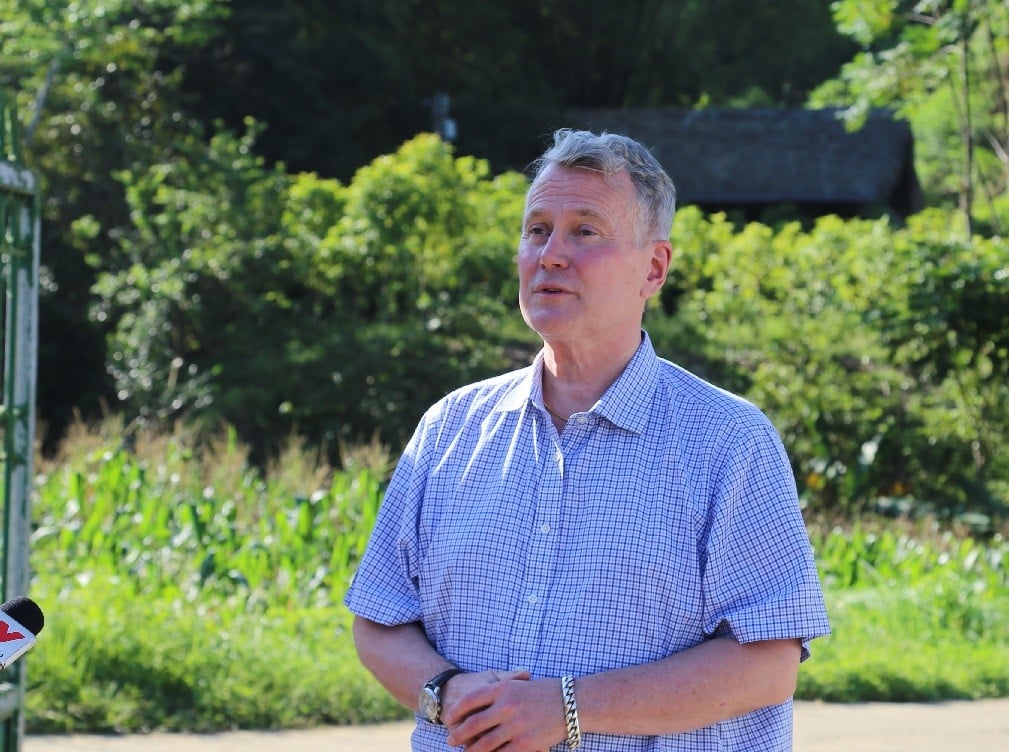 |
| Mr. Björn Andersson, Director of the United Nations Population Fund (UNFPA) for Asia and the Pacific. (Source: UNFPA) |
The world's population will reach 8 billion in November 2022 - a major milestone for humanity and a sign of progress in healthcare, education, science and socio-economic development.
As this milestone is celebrated, there is considerable concern that the world is facing multiple, overlapping challenges, from the Covid-19 pandemic to the climate crisis, fragile economies, conflict, food shortages and mass population displacement. In this context, fear and anxiety about population change are impacting women’s rights to choose whether, when and how many children to have.
This year's UNFPA State of World Population report addresses this “demographic anxiety” – concerns that arise from concerns about the impact of population size, population change, population structure or fertility rates.
The new report makes clear that such concerns, which focus solely on numbers, sometimes lead to coercive measures aimed at controlling birth rates. Such violations of basic human rights in making decisions about how many, if any, children to have and how far apart they should be born are misguided and risk overlooking the real problems in society.
The Asia-Pacific region is a large and diverse demographic region. Some countries are experiencing population decline, while others are experiencing population growth. And in most countries, population growth is slowing, creating societies with higher proportions of older people.
In any case, such fluctuations in fertility rates and changes in population size require policies that are revised and extend beyond the demographic sphere. However, all such policies must focus on promoting gender equality and accelerating progress in the empowerment of women and girls.
Experience around the world shows that plans to slow or boost fertility, including specific policies to encourage or discourage childbearing, have only a small impact and in some situations they can be harmful. Policies must go beyond simplistic views of whether there are “too many” or “too few” people.
To address real concerns like climate change, economic challenges, population aging and many others, we need sensible, evidence-based and human rights-based policies, not policies that try to steer the fertility rate.
Promoting gender equality is key to addressing demographic change and creating resilient and sustainable societies. Empowering women and providing them with opportunities to develop their potential to make decisions about their bodies and their lives will support them, their families and their societies to thrive.
There is a need to invest in each stage of a woman's life through ensuring girls' education, ensuring girls and women have access to information and services related to sexual and reproductive health and rights, and ensuring they can participate fully and equally in all aspects of society.
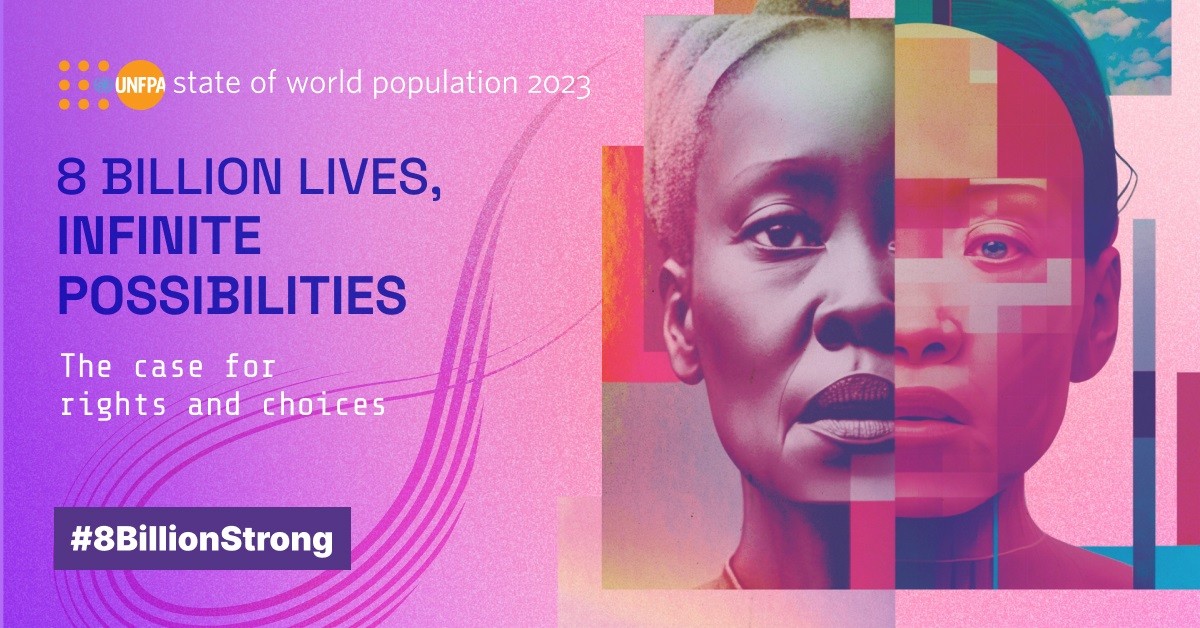 |
| The world population reaching 8 billion people is an important milestone for humanity. (Source: UNFPA) |
In addition, governments need to institutionalize family-friendly policies that enable individuals to realize their fertility aspirations (e.g., paternity leave programs, quality childcare, flexible working arrangements) and ensure universal health coverage, including sexual and reproductive health services. Governments should also strengthen pensions and promote active and healthy ageing.
Taking a “lifecycle” approach, where girls and women are empowered at different points in their lives to make their own decisions and choices, including reproductive choices, will enable girls and women to pursue their life dreams and aspirations and help promote economic development in their societies.
So how can Asia and the Pacific succeed in achieving gender equality and women’s sexual and reproductive health rights? While we have seen many achievements, much remains to be done. More than 130 million women still lack access to family planning services and information that would allow them to plan their pregnancies. Meanwhile, more than half of the world’s 1.8 billion adolescents live in Asia and the Pacific, most of whom still lack access to comprehensive sexuality education that would enable them to make informed decisions about their bodies. Rates of physical and/or sexual violence against women by intimate partners remain high.
The time has come to accelerate progress on the commitments made at the 1994 International Conference on Population and Development, where a Programme of Action was adopted that recognized human rights and the dignity of every individual, including reproductive health and rights, women's empowerment and gender equality, as central to development.
Development policies, including those addressing population issues, must be rights-based. Let us work together to put the rights and choices of women and girls at the centre, to build societies that can withstand and thrive in the face of changing demographic trends.
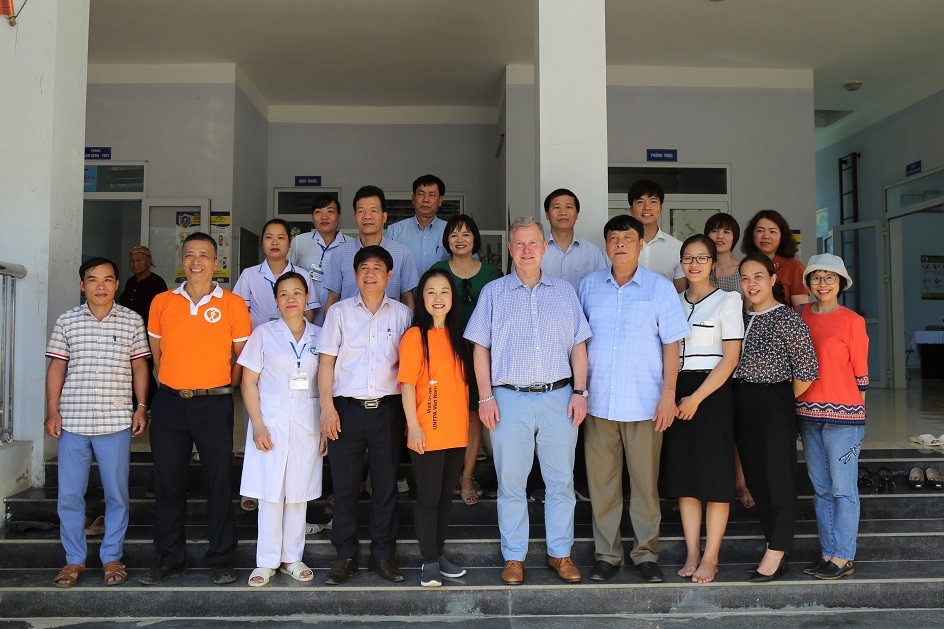 |
| Mr. Björn Andersson visits a commune health station in Bac Kan province. (Source: UNFPA) |
Source


![[Photo] General Secretary concludes visit to Azerbaijan, departs for visit to Russian Federation](https://vphoto.vietnam.vn/thumb/1200x675/vietnam/resource/IMAGE/2025/5/8/7a135ad280314b66917ad278ce0e26fa)


![[Photo] President Luong Cuong presents the decision to appoint Deputy Head of the Office of the President](https://vphoto.vietnam.vn/thumb/1200x675/vietnam/resource/IMAGE/2025/5/8/501f8ee192f3476ab9f7579c57b423ad)
![[Photo] National Assembly Chairman Tran Thanh Man chairs the meeting of the Subcommittee on Documents of the First National Assembly Party Congress](https://vphoto.vietnam.vn/thumb/1200x675/vietnam/resource/IMAGE/2025/5/8/72b19a73d94a4affab411fd8c87f4f8d)
![[Photo] Prime Minister Pham Minh Chinh meets with the Policy Advisory Council on Private Economic Development](https://vphoto.vietnam.vn/thumb/1200x675/vietnam/resource/IMAGE/2025/5/8/387da60b85cc489ab2aed8442fc3b14a)





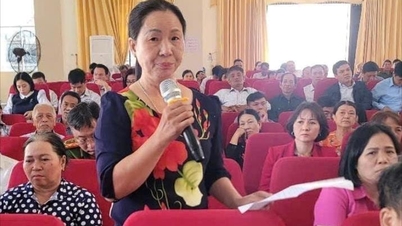
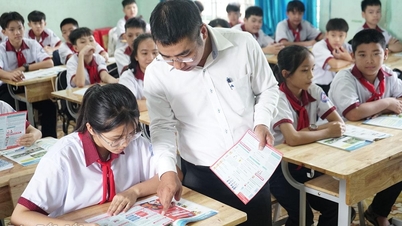





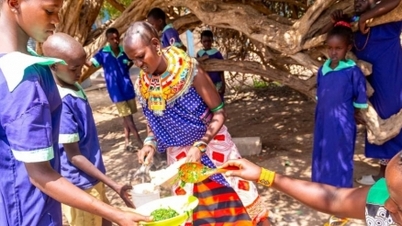
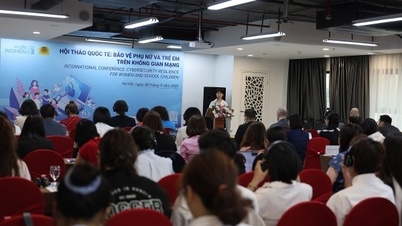
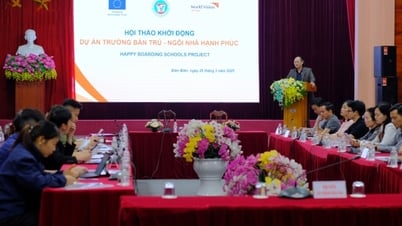






























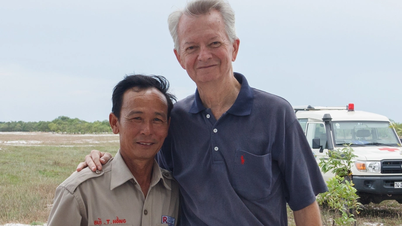












![[Photo] Prime Minister Pham Minh Chinh talks on the phone with Singaporean Prime Minister Lawrence Wong](https://vphoto.vietnam.vn/thumb/402x226/vietnam/resource/IMAGE/2025/5/8/e2eab082d9bc4fc4a360b28fa0ab94de)







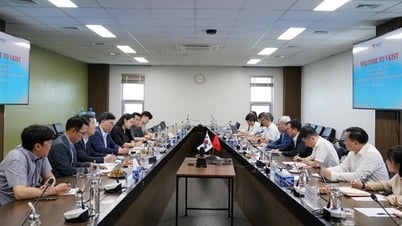


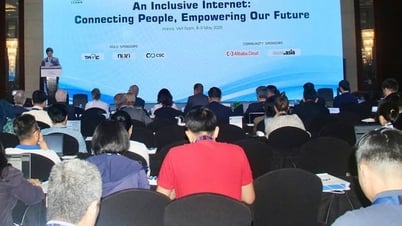




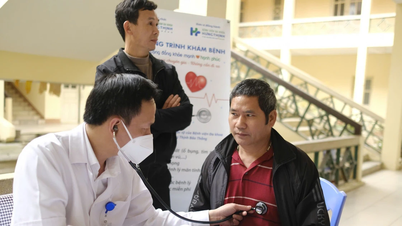



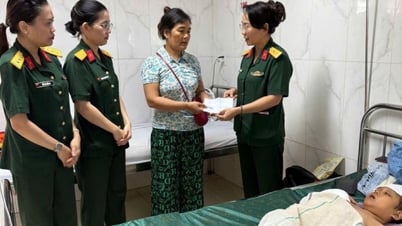













Comment (0)